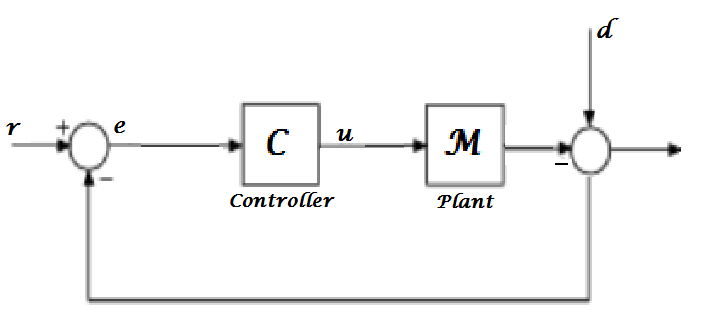I have a transfer function that was given to me. It's been a really long time since I've done block diagram math, so sorry if this is a newbie question.
Based on the block diagram below (I forgot to edit the image, but Tin is the output y, that last arrow)

I am give the equations
$$T{_i}{_n} = T{_d}{_i}_s{} - T{_m}{_o}{_t}$$
$$G{_r}{_e}{_f}{\rightarrow}{_i}{_n} = \frac{ -C(s)M(s)}{1 - C(s)M(s)}$$
I can't for the life of me figure out where the two negative signs come from in these equations. Can anybody point me in the right direction as to where these come from?
